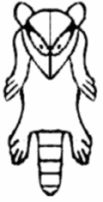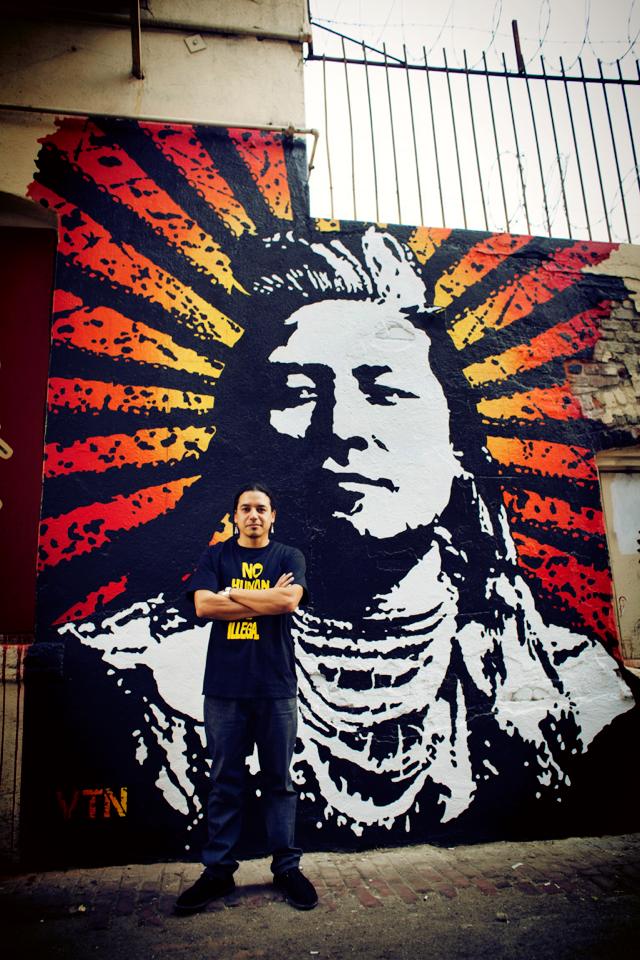Flying on an airplane can either be an annoyance, a stressor, neutral feeling, or an escape. Each person seems to have very specific opinions of flying, and they do not hesitate to let you know if they like it or not. While reading Joy Harjo's poem, Everybody has a Heartache: A Blues, I could not help but to connect this to sitting in an airport terminal taking in the surrounding area. The people waiting to move on with there lives, not taking time to enjoy the things around them. For Example:
"In the United terminal in Chicago at five on a Friday afternoon
The sky is breaking with rain and wind and all the flights
Are delayed forever. We will never get to where we are going
And there’s no way back to where we’ve been."
The only lines that present a little confusion are when it talks about having no way of returning to
where they have been. I chose to relate this to, a person is able to return to where they have been
before, however, they will most likely be on a different plane with a new set of strangers. I picture the
plane flying at night with its passengers and, if they wanted to they could look out the window and see a
spectacle above them:
"Just before dawn, you’re high again beneath a marbled sky."
On the orchestra concert last Saturday evening, the Symphony Orchestra performed Celestial Night by
Richard Danielpour. A YouTube video of the piece is provided for you to listen to. From the composer:
"Celestial Night is a piece about duality (yin and yang; heaven and earth)...the fundamentals of
life....thus, both movements are derived from the same material." In other words, heaven and earth are
derived from the same source just as the two movements of the composition use the same music
material. Danielpour explains the inspiration for the piece coming from stargazing on many evenings in
New Hampshire in 1996. Whenever I listen to this piece I think of the power and mightiness of the
marble night sky, as Harjo would describe.
Danielpour describes his piece as having a constant forward almost heavenward motion as if
preparing to depart from the earth:
"...there was something in the first movement that was continually moving upward in search of
transformation...at the start of the first movement you experience a kind of willfulness, but at the
conclusion, it becomes apparent that...there has to be an intrusion of grace...this is accomplished by the
second movement."
This directly connects to Harjo's words about a airport terminal and being in a plane under the night's
sky. When a plane takes off, the passengers are, for a brief (sometimes not so brief) amount of time are
removed from the earth as if reaching towards the heavens. Nothing is there to distract them or keep
them tied down there crazy human lives. They are stuck cruising along in a marble abyss. Sadly, it is
easy for passengers to keep the window cover down and block out the beauty outside the aircraft. In
this day in age, we can get so wrapped up in deadlines and due dates, meetings, and commitments. We
do not take the time to listen or look at the things around us. I find that both Daneilpour and Harjo are
trying to tell us to look and listen around us to the natural wonders in life. They are precious and can
help us feel at peace, even when we don't think any peace is possible.
https://www.youtube.com/watch?v=FOUxnRklmcE&list=PL7JtfncqzcrRGPlcWLbMGgiuGoYhJ1hCs

















